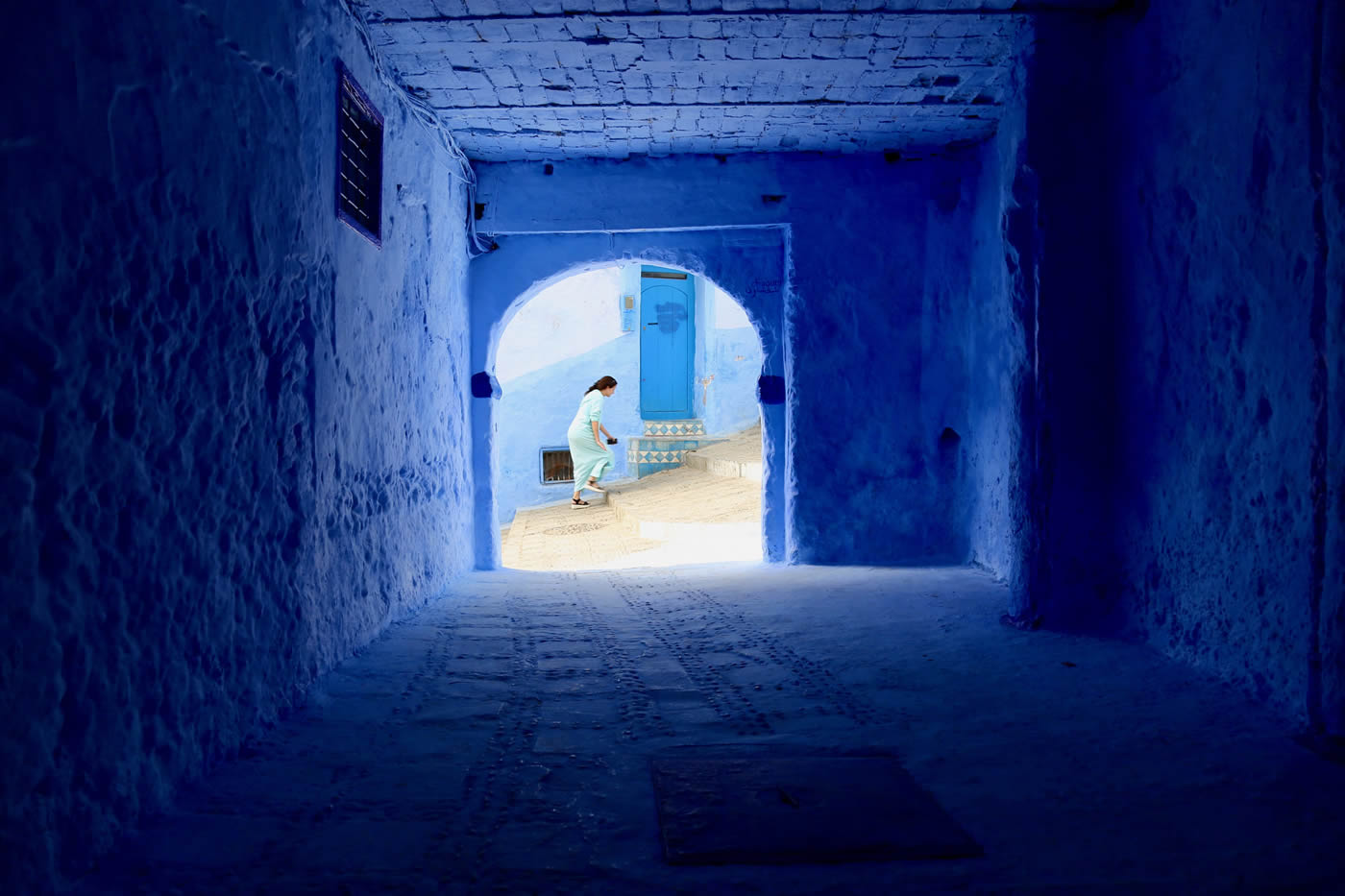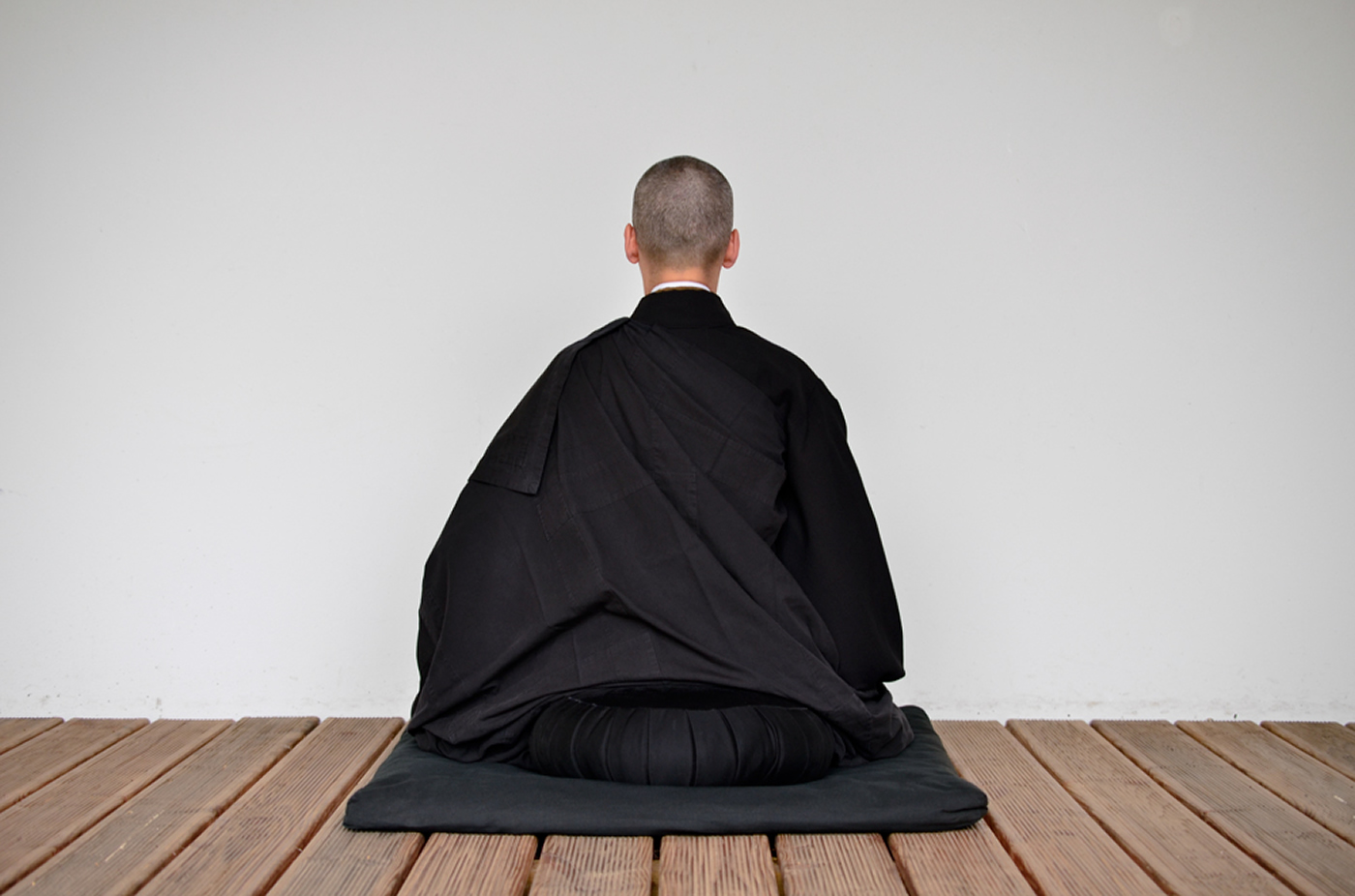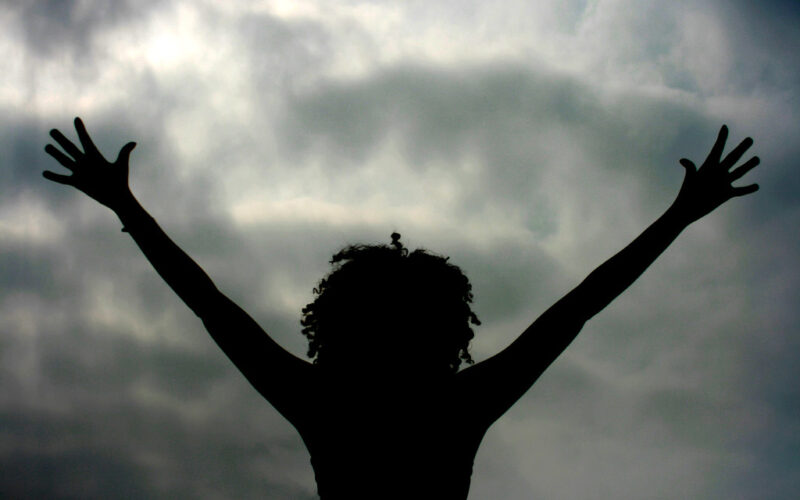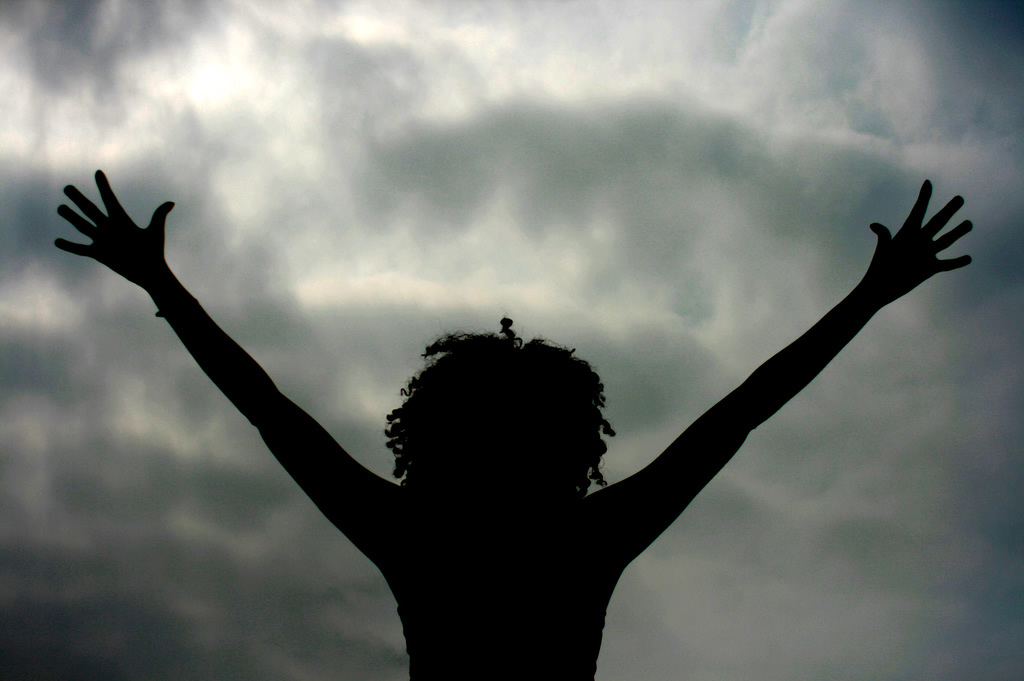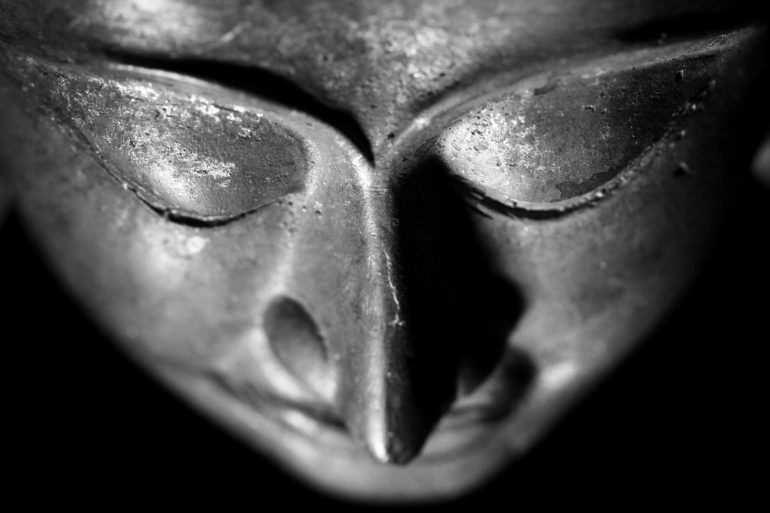An Introduction to Breathing
Learning to breath properly during asana is essential in getting prana or inner wind to move through the body properly—which is the whole point of the asana. Throughout any practice of yoga asana, it’s important to maintain what’s called ujjayi breathing in Sanskrit. The throat is lightly constricted to make what’s been called a “Darth Vader” sound, or heavy breathing sound, as you practice.
It’s important to learn ujjayi breathing from someone who really knows how to do it. The tendency at the beginning is to overdo this constriction, which can actually disturb your inner winds asana practice. Make it very light, and concentrate on doing it on the outbreath more than the inbreath. When you get good at it, ujjayi breathing should sound more like a contented sigh that you make as you exhale on each breath.
The word ujjayi, by the way, comes from the Sanskrit ujjayin, which means “The One Who Has Achieved a High Victory.” The prefix uj– is ultimately found in the English up, meaning “high” or “great.” Jay is a form of the Sanskrit root √ji, which means “to conquer.” This appears to come from a parallel root meaning “to live”—meaning that you fight someone and you survive and the other person dies.
We see this meaning in Sanskrit expressions like jiva mukti (“freedom before you die, or while you’re still alive”). In Western languages the ji is seen in the ancient root √gwei, which shows up as qui, bi, vi, or zoi in words like quick (in the sense of alive: “the quick and the dead”); biology (the study of life); vitamin (life-giving substance); and zoological (concerning the study of living things).
The whole point of course is that performing ujjayi breathing properly as you do your asanas has an extremely beneficial effect on your inner winds and channels, thus extending your life and eventually leading to the victory over death itself. Two more points about breathing during a yoga session. First of all, remember that one full breath in Tibetan systems of yoga begins not with an inbreath followed by an outbreath (as if you were going to take a breath and hold it underwater), but rather begins with the outbreath followed by an inbreath.
Always count your breaths this way, and always think of them this way. Out first, in second. In the Tibetan tradition this is said to plant an important seed for later practices where we take the entire universe into us, at the end. Lastly, remember to keep up “reflex breathing” throughout your practice.
This special type of breathing is described in the following post on The Knowledge Base website, The Principles of Yoga: The Connection Between Breath and Prana (2004, Tucson, Geshe Michael Roach)
If you haven’t already, you should skip to that post now and read it before continuing here.
The Yoga Sutra on Breathing
The following three sections on breathing are excerpted from The Essential Yoga Sutra, a translation and commentary upon Master Patanjali’s ancient classic. They will give you more ideas about how to breath, and the final goal we seek to reach by being aware of our breathing.
The End of Breath
as you remain there,
the passing of your breath
in and out simply stops.
gati vichedah pranayamah.
In addition to physical exercises which reach down to open the channels, there is an entire science of breathing which touches the inner winds themselves, linked to our thoughts within the channels. Although our breath is not the inner wind, the two are intimately connected. Whatever happens with one resonates with the other, like guitar strings tuned to the same note.
And so in one direction, working from the outside in, we can remain in a meditation posture or yoga pose and master our breath, which then calms the inner winds: when you stand and hold a horse’s reins, the rider atop it is stilled. From the inside out, we can quiet the thoughts: when the rider is calm, the horse is too.
A totally calm and properly focused mind brings negative thoughts to a standstill, at which point the outer breath simply stops.
on the breath;
outside or inside,
paused or being exchanged.
Observe too
the place in the body,
the duration, and the count.
Long and fine.
desha kala sankhyabhih
paridirshto dirgha sukshmah.
So the breath is connected to the inner winds, which are linked to our very thoughts. This means that if we keep a close eye on our breath—both during our yoga exercises and throughout the day as well—then we can monitor the state of our mind, and the condition of those two troublesome side channels.
If you think about it, breath can be in three places: all breathed out, when it pauses momentarily; all breathed in—again a pause; or moving between these two states.
In meditation, in a yoga pose, and with the boss at work we strive to keep our breaths long and slow, with a constant even inflow and exhale. This keeps the inner winds calm and thus our mind clear and focused.
When we’re nervous or upset, inhales tend to go much quicker then exhales. We correct this by mentally counting the seconds for each, until inhales and exhales take equal time. Then extend the calm exhales further.
Since the inner winds are tied to our thoughts, with proper training we can also mentally direct a certain number of breaths through specific inner blockages, and then the inner winds will follow.
outside, inside, and the experience itself.
And then one can destroy the veil that covers the light.
The mind is fit for focus.
Tatah kshiyate prakasha-avaranam.
Dharanasu cha yogyata manasah.
So the breath can be outside, inside, or experienced as moving between the two. But there’s also that fourth possibility, when it stops altogether.
We experience something close to this when we are reading a really good book, or trying hard to hear a faint sound. The closer we concentrate, the more calm the inner winds become, and thus the breath. When the breath actually stops for long periods of time, it does so for one of two reasons: either our focus in general is perfect, or we have destroyed the very thoughts and winds that create the veil of The Great Mistake.
Of course the first can help us get to the second, but it’s the second one we want: that’s what Master Patanjali defined as yoga itself, back in the beginning. All the physical practices of yoga are aimed at stilling the side channels, which causes us to see ultimate reality, and eventually turns our body into light: an angel who appears wherever someone needs.
These results in physical yoga, and especially the breath exercises, come only after steady work with a qualified teacher. Someone who’s been trained personally by a Master in an authentic tradition. Someone who’s obviously keeping up a good practice themselves, and gotten results. Don’t try to force things yourself, or do them incorrectly; you could very well hurt your body or mind. Success comes very surely and naturally only by planting the right seeds—through the yoga of self-control and commitments.


